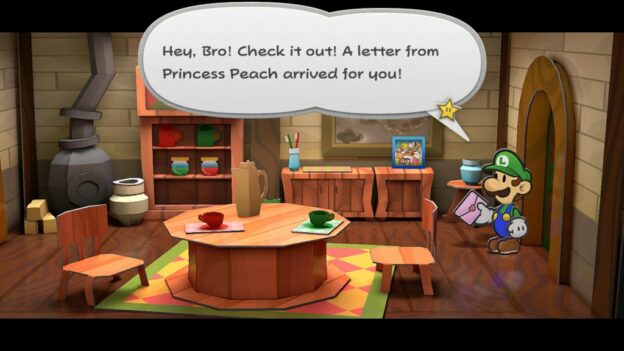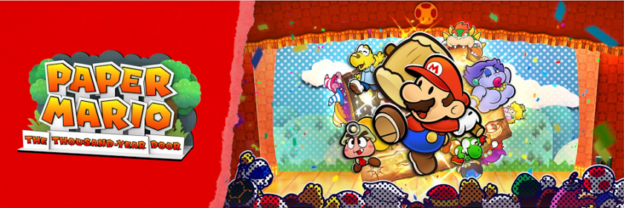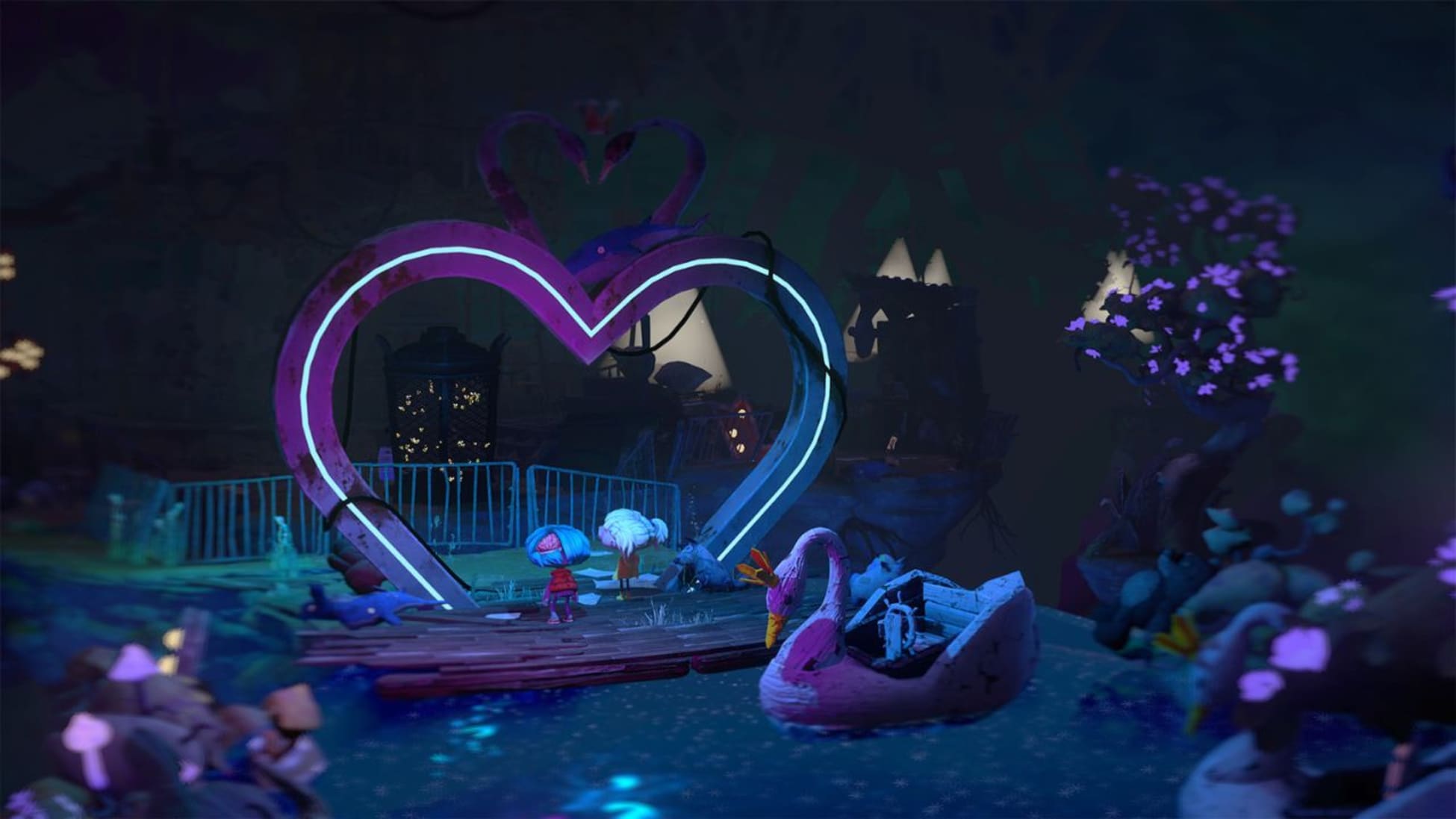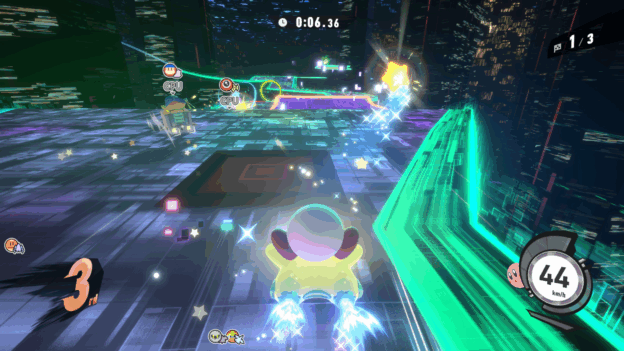The Thousand-Year Door (Nintendo Switch)

Paper Mario: The Thousand-Year Door has surprised me. I inevitably reevaluate the game with each hour increase in my play activity. At the five-hour mark, I was shocked at how little story progress I had made, distracted by the plethora of sidequests. Reaching double digits did nothing to diminish that feeling. Even with a slightly increased focus on the main quest, I still found myself early in the game. At the 20-hour mark, I surrendered to the reality that my completionist play style would never allow me to beat the game in a manner that would make for a timely review. Super Mario RPG, this is not. Depending on your mood, this can be a great thing. Or it can be a case where less would’ve actually been more. I enjoy both games and having missed the GameCube original, this one is brand new to me. However, the increase in content does allow more opportunities for unevenness.
This role-playing adventure “is the tale of the fabled treasure of Rogueport.” This town operates as a central hub from which you’ll access new areas or chapters. While the lack of a connected land like its predecessor may bother some players, Rogueport is lively, with an originality I’ve missed from some later Paper Mario games that are more content with generic locales. You’ll quickly meet Goombella, your first partner character, Professor Frankly, learn about the Crystal Stars, and, if you’re like me, lose all sorts of time learning about the varied critters milling about. It’s hard to imagine how color-swapped toads have become more of the norm when Rogueport is bursting with characters that aren’t just humorous but stand out, even having literal background chatter with word bubbles you can view from the foreground. Once character-specific sidequests or “troubles” become available, say goodbye to any completionist resistance you still have.
How would you like to have a boss battle that’s a trivia quiz show? A party of 101 characters? A city where the main attraction is one fight after another? You’ll encounter all of these before even reaching the halfway mark. But fear not, as all the fresh elements get balanced with the familiar. Most of the fighting remains in the classic style, albeit with a theatrical twist where the audience can help or hinder, as can stage backdrops. You’ll have plenty of badges to equip alongside a partner character in turn-based combat. Have you played Paper Mario on the N64? If so, you’ll feel at home. Speaking of partners…
I found Mario’s allies to be thoughtfully decent if ultimately a mixed lot. Standouts include Goombella, who makes perfect sense as your first partner, as she is one of the strongest, not in terms of combat or hitpoints, but just the insight she can offer for every character. From hard-nosed bosses to the most insignificant background resident, it’s tough to resist hearing what she might say. Another favorite of mine is the baby Yoshi. While the pressure of naming him was surprisingly high, his spunky attitude (and mohawk hairdo) made him a fun partner. Of course, the main perks are his gameplay. Mario can ride him, pull off a floaty jump, and take advantage of his unique combat capabilities.
Many other partners, while not inherently subpar to play with, tend to fade more into the background. Whether it’s annoying or cliched personalities, a more limited moveset, or a combination thereof, I’ve used them sparingly. Perhaps if we could use them in tandem à la Super Mario RPG, it would elevate them some, but that’s not the Paper Mario way. Thus, much like in-game, audience appeal will vary. It is easy to swap them all out – the Partner Ring is evidently a gameplay edition new to this Switch port – which is much appreciated.
Different elements of the story will also shine more brightly than others. Trying to rescue Princess Peach from the X-Nauts and stop them from obtaining the Crystal Stars sooner or later gives way to some cliched RPG melodrama. The “great cataclysm,” sealing a shadow monster, and things of this nature better fit later Zelda games than a Mario one. Some individual character stories also veer off in less humorous areas, and the game is at its best when it’s whimsical. Please don’t take my word for it alone; ask Mario. Or was that Murph? Or Marty? Or Gonzalez? Some name-challenged characters in this game took too much HD rumble to the head.
A fair amount of plot comes in between chapters as you control Princess Peach. Initially a welcomed break, she acts as a means for story exposition, interacting with the baddie’s computer despite her capture. Some plot barely qualifies as such, with Luigi popping up regularly with lengthy tales of an off-screen adventure. It’s a clever implementation, and based on the descriptions, it’s a game I’d gladly play. You can also take control of Bowser. Like Peach, these segments are short but much more action-packed.
While the storybook world’s made of paper (and attractive in HD), Mario (as a character) can take advantage of his paper state. He earns abilities that start as a “curse,” but end as a gift. Twisting himself to powerfully swing a hammer and rolling himself up to a tube are a couple of examples of how he’ll use his versatility to reach previously inaccessible areas. There is some backtracking, so keep that in mind. At least the sites are busy, with plenty of things to see, even on repeat viewings, and locals to chat up. Popping into the background at various points is a nice touch.
Musically, we have both the GC original music and an updated soundtrack for the Switch. My disappointment comes from the fact there’s no easy way for quick comparisons of these. During gameplay, you need to equip and unequip a badge fair enough. But even when listening in the sound gallery, you’re forced to go back to badges to change the settings with one OST or the other grayed out. It feels like a sloppy oversight being unable to change on the fly, one that annoys me more than it might annoy many. At least all the tunes fit well, and I have no issue concerning quality.
One additional oversight that has grown to bug me the longer I’ve played is the lack of a save anywhere feature. On a hybrid system where many will be playing in handheld mode, this shouldn’t be missing. Patch it in Nintendo.
Paper Mario: The Thousand-Year Door lives up to the hype as a “page-turning adventure.” It’s also a long adventure, so be sure to pencil in the time, especially if you’re a completionist. With memorable bosses, much to find, and plenty of extras, this game will keep Switch players busy. From Petalburg to Twilight Town and beyond, there’s much greatness here.





